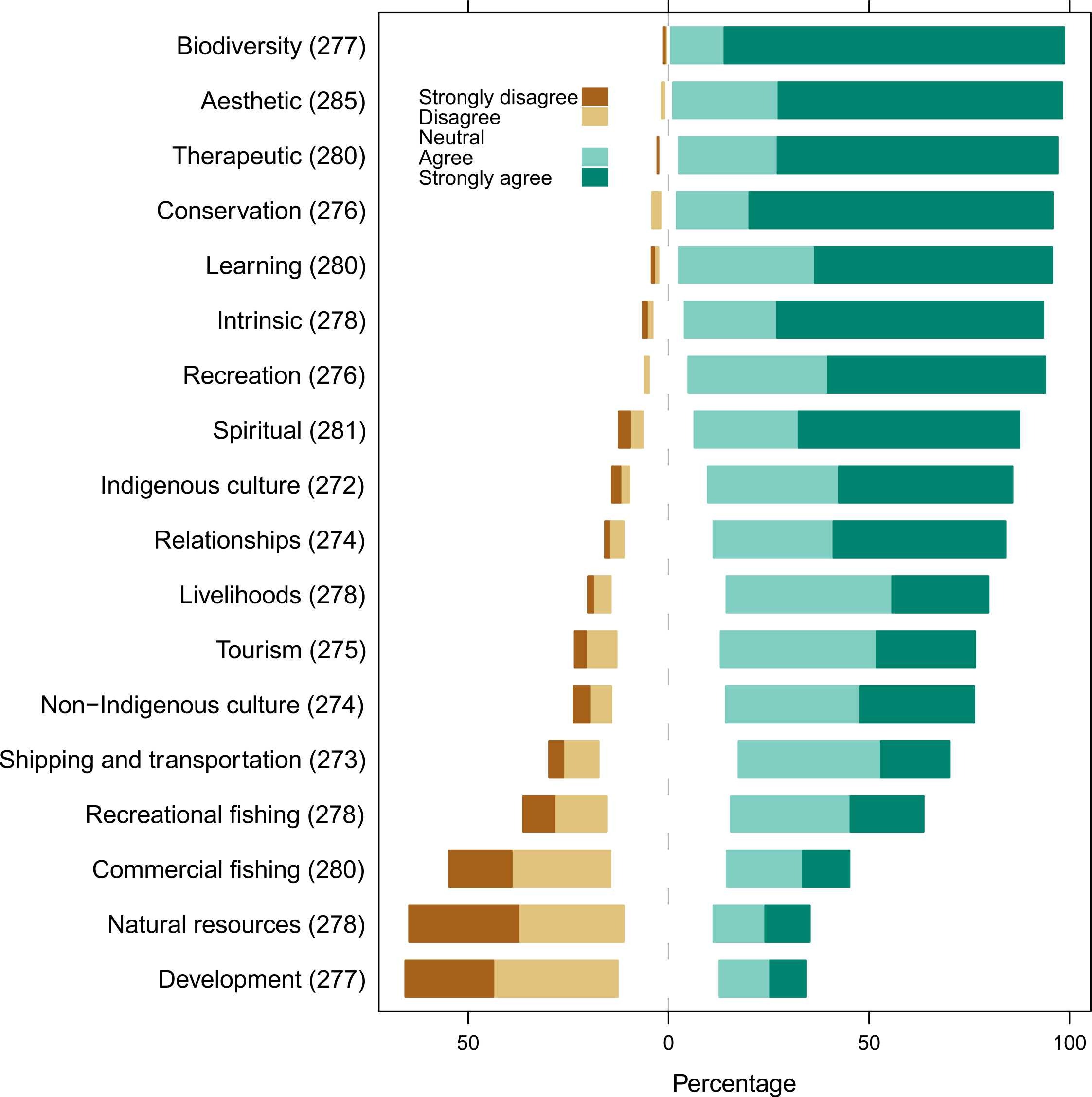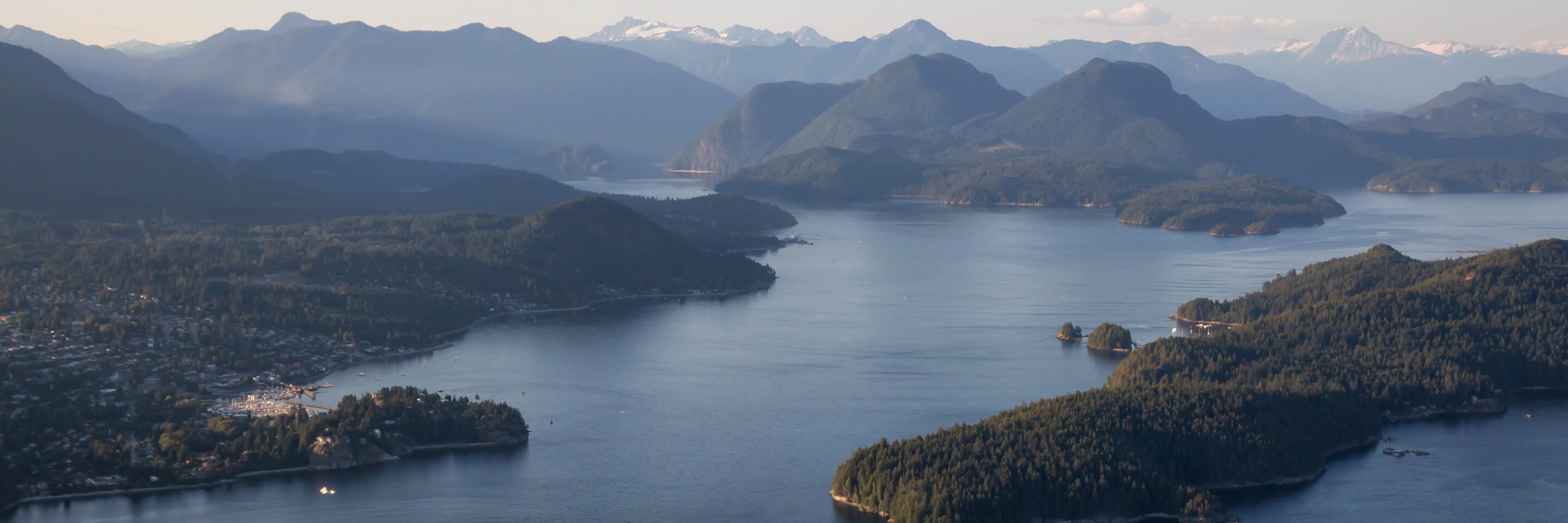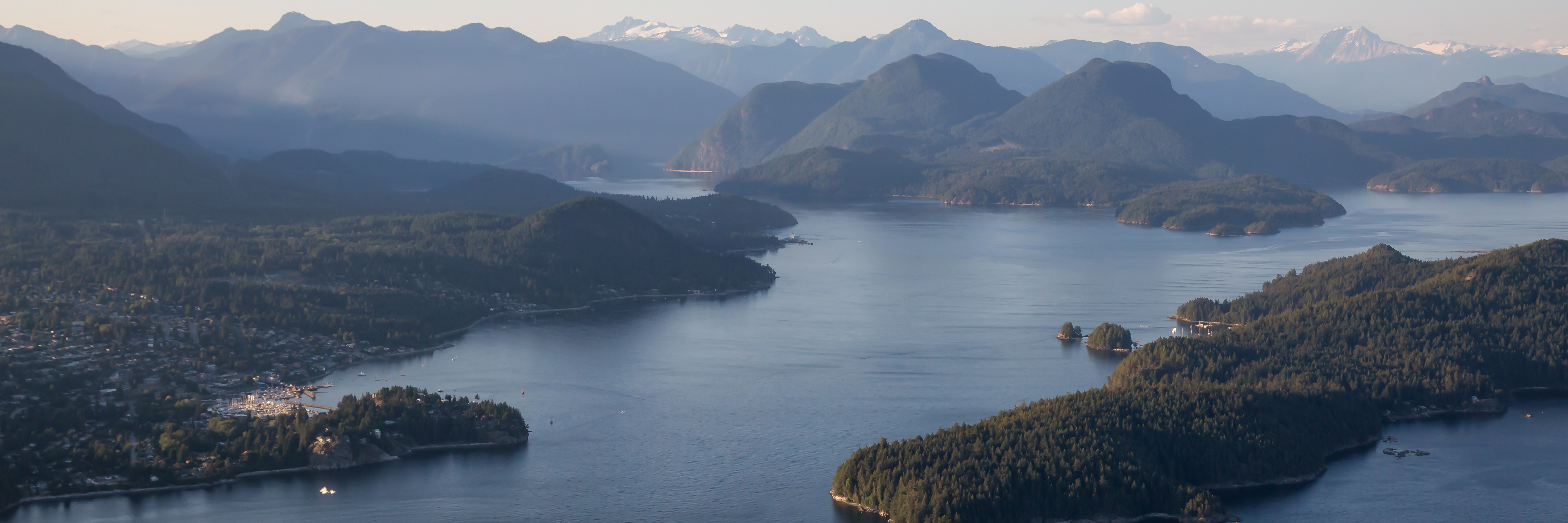Community-Driven Marine Conservation:
How Indigenous and Local Voices Shape the Future of Atl’ka7tsem’s Ocean Spaces
Marine ecosystems deliver essential economic, social, and cultural benefits. In regions like Atl’ka7tsem / Howe Sound, urbanization, pollution, and climate change exacerbate the pressures on these ecosystems. Balancing ecological protection with community needs is a challenge in areas like this, where economic and environmental needs intersect. Designated a UNESCO Biosphere Region in 2021, Atl’ka7tsem is rich in values that support surrounding communities, yet remains one of British Columbia’s most impacted marine bodies.
A recent study, Centering community values in marine planning co-led by Sḵwx̱wú7mesh Úxwumixw / Squamish Nation and the University of British Columbia highlights the critical role of centering community and Indigenous values in conservation decision-making.
The paper was published in Marine Policy on September 7, 2024, authored by Fiona Beaty, Bridget John, Myia Antone, Jonathan Williams, Nathan Bennett, Nikita Wallia, and Christopher Harley.
Recognizing that typical conservation methods often overlook local social data, this research aimed to ensure that local perspectives and values are accurately represented in conservation policies. The authors worked in partnership with Squamish Nation using a “co-created approach to interviews [that] built a foundation of trust across researchers and community members,” including collaborating with Squamish Nation youth, to engage in discussions about their connections to specific marine spaces in Atl’ka7tsem.

Image: Study boundary, includes small watersheds that flow into Átl’ka7tsem.
Mapping Atl’ka7tsem’s Values to Inform Conservation
Through surveys and interviews, hundreds of residents mapped their cultural, ecological, social, and economic connections to various ocean areas within Atl’ka7tsem. The results of those connections are shown in the graph on the right. Findings showed that ecological values, like biodiversity, were highly valued, with many community members also emphasizing the importance of education, recreation, tourism, and Indigenous cultural practices.
This overlap in values suggested positive interactions between human activities and the ecosystem, challenging the idea that people and nature are always at odds.
One key takeaway from the study was the potential to create a large, publicly accessible Marine Protected Area (MPA) or Indigenous Protected and Conserved Area (IPCA) in Ramillies Channel, a site where ecological and cultural values converge. Such a protected area would set boundaries for industrial activities, allowing community-centered uses that align with ecological preservation.

Image: Level of agreement toward value statements that survey respondents perceived Átl’ka7tsem supports.

"We revealed an overall trend of high support toward ecological values, followed by social, Indigenous cultural, economic, and non-Indigenous cultural values."
Empowering Indigenous Youth and Promoting Knowledge Sharing
Beyond its conservation implications, this project also worked to advance decolonization in marine research by weaving oral, visual, written, and spatial knowledge into a more inclusive planning process. Indigenous youth played a central role in designing and conducting the research, contributing to intergenerational knowledge sharing within the Squamish Nation. This approach not only built a stronger, more holistic knowledge base but also empowered young Indigenous voices, reinforcing the value of community-led stewardship.
While the ecosystems in Atl’ka7tsem have suffered from industrial impacts, residents have seen promising recovery in marine life, strengthening cultural ties to the ocean.
This study demonstrates that placing community values at the core of marine planning fosters more effective and culturally aligned conservation outcomes. Through centering Indigenous perspectives and promoting sustainable relationships with the sea, the project offers a powerful model for meaningful and collaborative marine stewardship.

Image: Spatial distribution and concentration of the four value categories (green is ecological, purple social, orange cultural, blue economic)

"The community-led framework designed by this project to create knowledge that supports the inclusion of Indigenous and local knowledge in marine spatial planning (MSP). The three MSP phases (knowledge creation, interpretation, and mobilization) flow iteratively into one another."



Recent Comments